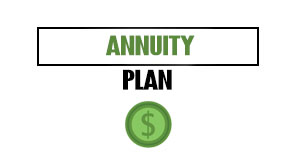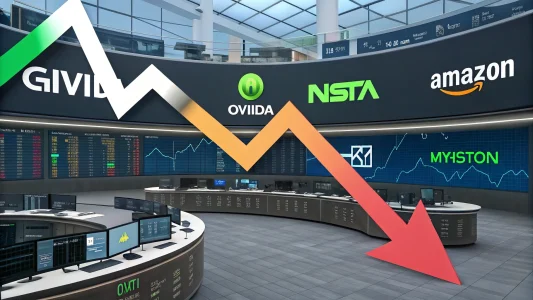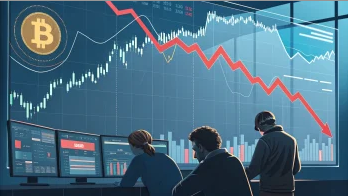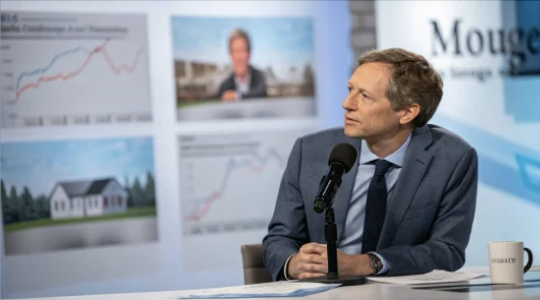Let’s get something out of the way right up front: there’s no magic trick to instantly double your money without risk. If someone promises you that, they’re either lying or trying to sell you something sketchy. But here’s what’s exciting – there are several legitimate, proven ways to double your money over time. Some take years, others take decades, but they all have one thing in common: they actually work.
The keyword here is “time.” Doubling your money isn’t about finding some secret investment that nobody else knows about. It’s about understanding how money grows and then being patient enough to let it happen.
Table of Contents
ToggleThe Rule of 72: Your New Best Friend
Before we dive into specific strategies, let’s talk about the Rule of 72. This simple math trick tells you how long it takes to double your money at any given interest rate. Just divide 72 by your annual return rate.
For example:
- At 6% annual returns: 72 ÷ 6 = 12 years to double
- At 9% annual returns: 72 ÷ 9 = 8 years to double
- At 12% annual returns: 72 ÷ 12 = 6 years to double
This rule gives you realistic expectations and helps you spot obvious scams. If someone promises to double your money in six months, they’d need to deliver 144% annual returns. That should immediately raise red flags.
The Stock Market: The Long Game That Works
Historically, the U.S. stock market has averaged about 10% annual returns over long periods (though it varies wildly from year to year). Using our Rule of 72, that means your money would double roughly every 7.2 years if you just invested in a broad market index fund and left it alone.
Let’s make this concrete: if you invested $10,000 in an S&P 500 index fund and just forgot about it, historical averages suggest you’d have about $20,000 after 7-8 years, $40,000 after 14-16 years, and $80,000 after 21-24 years.
The catch? You have to ride out the inevitable ups and downs. Some years, the market drops 20% or more. Other years, it gains 30%. But over decades, the general trend has been upward.
The Practical Approach:
- Invest in low-cost index funds or ETFs
- Set up automatic monthly investments
- Don’t try to time the market
- Reinvest all dividends
- Don’t panic during market downturns
High-Yield Savings and CDs: The Slow and Steady Route
Currently, high-yield savings accounts and certificates of deposit (CDs) are offering rates around 4-5%. At 5%, your money would double in about 14-15 years. That might sound slow, but it’s guaranteed and completely safe.
This approach works well for money you absolutely cannot afford to lose or funds you’ll need within the next few years. It’s not exciting, but it’s reliable.
Real Estate: The Tangible Investment
Real estate can double your money in two ways: appreciation (the property becomes more valuable) and rental income. Historically, real estate has appreciated at about 3-4% annually, but when you add rental income, total returns often reach 8-12% annually.
The catch is that real estate requires much more hands-on management than stocks, and you need significant upfront capital. You also can’t easily sell just part of a property if you need some cash.
Real Estate Investment Trusts (REITs) offer a middle ground. These are companies that own income-producing real estate, and you can buy shares just like stocks. They typically pay higher dividends than regular stocks, and you get real estate exposure without having to deal with tenants or maintenance.
Starting a Business: The High-Risk, High-Reward Path
This is where you could potentially double your money much faster – or lose it all. Successful businesses can generate returns that make stock market gains look tiny. But for every successful business, many others fail completely.
If you’re considering this route, think about businesses that leverage your existing skills and don’t require huge upfront investments. Service businesses, online ventures, or businesses that solve problems you personally understand tend to have better odds.
The Reality Check: Most small businesses take 2-3 years to become profitable, and many never do. Only consider this if you can afford to lose your entire investment and you’re prepared for the time commitment involved.
Dollar-Cost Averaging: The Steady Eddie Strategy
Here’s a strategy that works regardless of which investment you choose: dollar-cost averaging. Instead of investing a lump sum all at once, you invest the same amount regularly over time – maybe $500 every month.
This approach reduces your risk because you buy more shares when prices are low and fewer when prices are high. It also removes the pressure of trying to time your investment perfectly.
For example, if you invest $500 monthly in a stock market index fund earning an average of 10% annually, you’d have about $20,000 after 24 months of contributions (having invested $12,000). Your money hasn’t quite doubled yet, but you’re well on your way, and the compound growth accelerates over time.
The Power of Increasing Your Income
Sometimes the fastest way to double your money isn’t through investments – it’s by earning more money to invest. A side hustle that brings in an extra $200 per month gives you $2,400 more per year to invest. That additional earning power can be more impactful than trying to squeeze extra returns from your investments.
Consider developing skills that increase your primary income, starting a side business, or finding ways to monetize hobbies you already enjoy.
What About “Get Rich Quick” Schemes?
Let’s address the elephant in the room: cryptocurrency, day trading, options, penny stocks, and other high-risk strategies. Yes, some people have doubled their money quickly with these approaches. But for every success story you hear, dozens of people lost significant amounts of money.
These aren’t investing strategies – they’re speculation. The difference is that investing involves putting money into assets with intrinsic value and letting time work in your favor. Speculation is essentially gambling on short-term price movements.
If you want to try these riskier approaches, limit yourself to money you can afford to lose completely – maybe 5-10% of your investment funds. Treat it as entertainment, not as a serious wealth-building strategy.
A Realistic Timeline and Strategy
Here’s what doubling your money might look like with different approaches:
Conservative Approach (4-5% returns):
- High-yield savings or CDs
- Timeline: 14-15 years to double
- Risk: Very low
- Effort: Minimal
Moderate Approach (7-10% returns):
- Broad market index funds
- Timeline: 7-10 years to double
- Risk: Moderate (short-term volatility, but historically reliable long-term)
- Effort: Low (set up automatic investing)
Aggressive Approach (12%+ returns):
- Individual stocks, real estate, and business ownership
- Timeline: 6 years or less to double
- Risk: High (possibility of significant losses)
- Effort: High (requires research, active management)
Getting Started: Your Action Plan
- Start with your foundation: Make sure you have an emergency fund and are getting any employer 401(k) match before focusing on doubling your money.
- Choose your timeline: How long can you leave this money invested? Longer timelines allow for more aggressive strategies.
- Pick your approach: For most people, a combination of automatic investing in low-cost index funds plus high-yield savings for short-term goals makes the most sense.
- Automate everything: Set up automatic transfers and investments so you don’t have to think about it every month.
- Stay consistent: The biggest enemy of doubling your money is stopping. Market downturns, life changes, and other distractions will tempt you to quit. Don’t.
The Most Important Rule
Here’s the truth that many people don’t want to hear: the most reliable way to double your money is to be boring. Pick a solid, diversified investment strategy and stick with it for years. Don’t chase hot stock tips, don’t try to time the market, and don’t panic when things get volatile.
The people who successfully double their money aren’t necessarily the smartest or luckiest – they’re usually the most patient and consistent. They start early, invest regularly, and let compound growth do the heavy lifting.
Your money won’t double overnight, but with the right approach and enough time, it almost certainly will double. And then double again. That’s how real wealth is built – not through get-rich-quick schemes, but through the power of consistent investing and compound growth over time.
Featured Image Credit: Photo by RDNE Stock project; Pexels
















